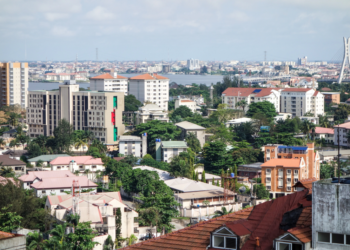Ethiopia joined Ghana and Zambia as Africa’s latest defaulter after it failed to make interest payment of $33 million on its $1 billion bond following the expiration of a grace period on Monday.
The nation, located in the Horn of Africa, was obligated to pay a $33 million coupon on Dec. 11. The government opted not to make the payment because it “wants to treat all creditors in the same way,” as stated by Ahmed Shide, Ethiopia’s minister of finance on state TV on Thursday.
Hinjat Shamil, senior reform advisor at the Ministry of Finance, confirmed on Monday that the payment had not been made and will not be paid. Ethiopia had previously reached an agreement with bilateral creditors last month to suspend debt payments.
On Friday and throughout the weekend, Ethiopian government officials remained unresponsive to requests for comments.
Debt restructuring proposal
In its alternative proposal for restructuring, the government has requested bondholders to extend the maturity for amortization from July 2028 to January 2032 and to decrease the coupon rate from the existing 6.625% to 5.5%.
- However, the face value is set to remain at $1 billion, ensuring that creditors will not be required to accept a so-called haircut on their holdings.
- However, the anticipated default is poised to align Ethiopia with two other African nations, Zambia and Ghana, in undergoing a comprehensive restructuring under the “Common Framework.”
- In early 2021, the East African country initially sought debt relief under the G20-led initiative. The progress was initially hindered by the civil war, but in November, Ethiopia’s official sector government creditors, including China, agreed to a debt service suspension deal as the nation grappled with depleted foreign exchange reserves and escalating inflation.
What you should know
- In its International Debt Report of 2023, the World Bank warned that the poorest countries of the world face a debt crisis as borrowing costs surge due to interest rate hikes in the United States and Europe.
- The report further stated that around 60% of low-income countries are either at risk of debt distress or likely already experiencing debt distress.
























